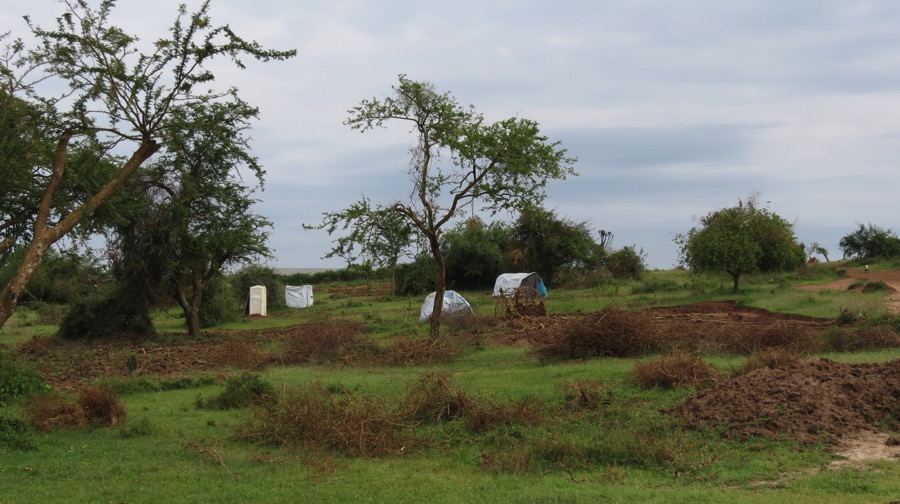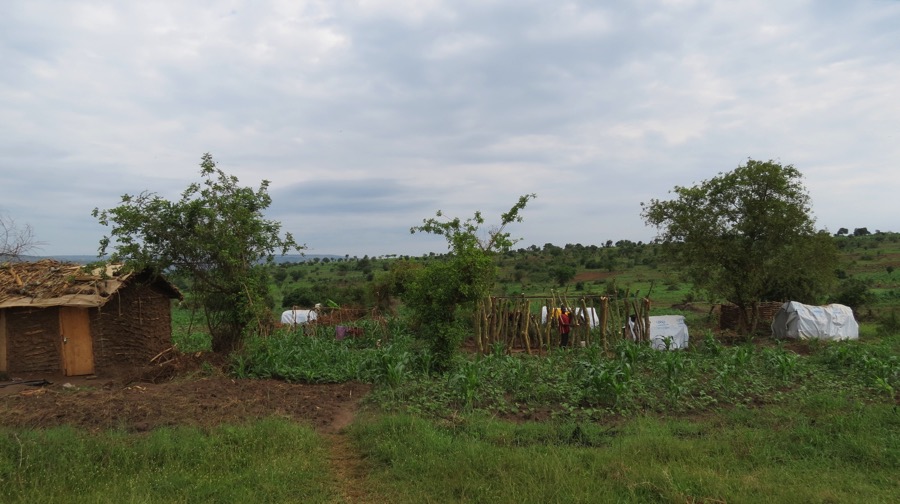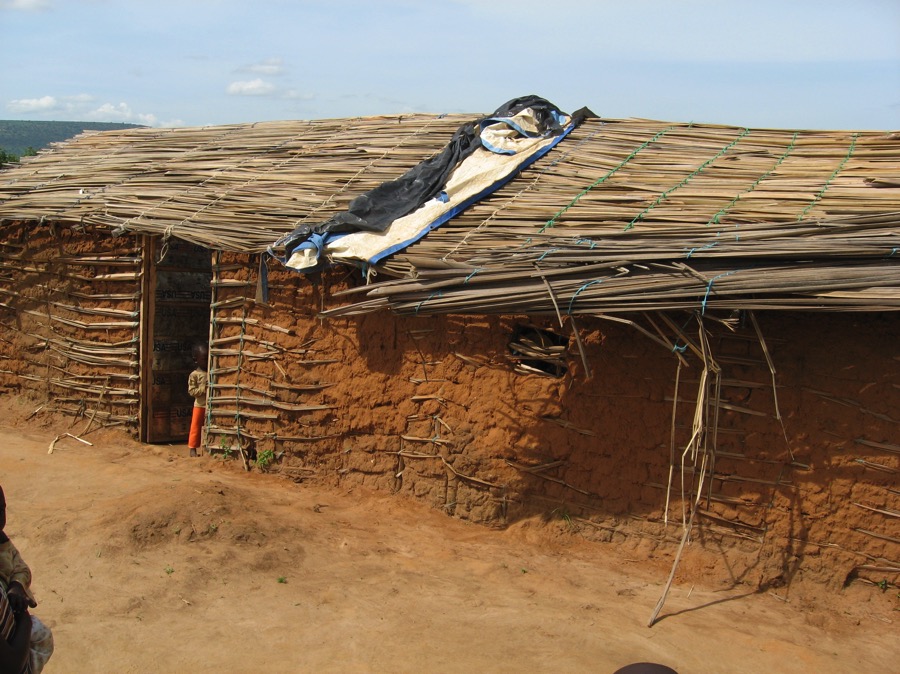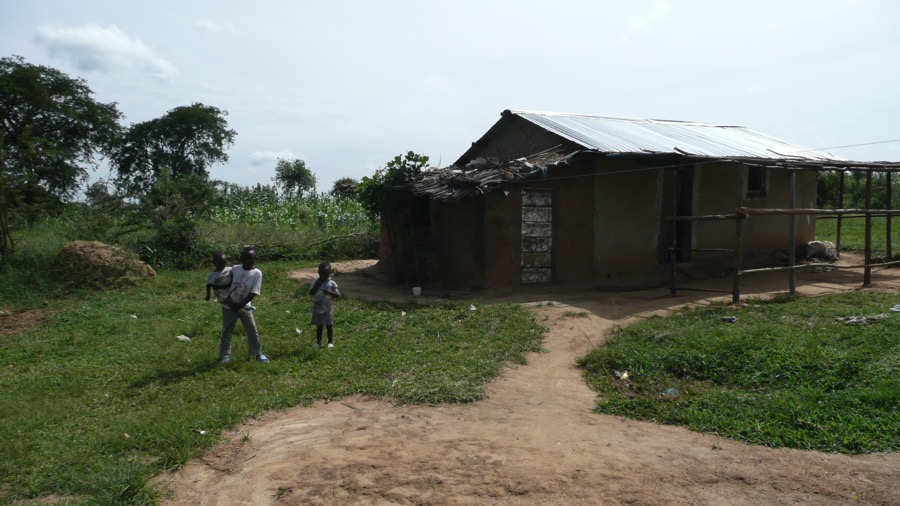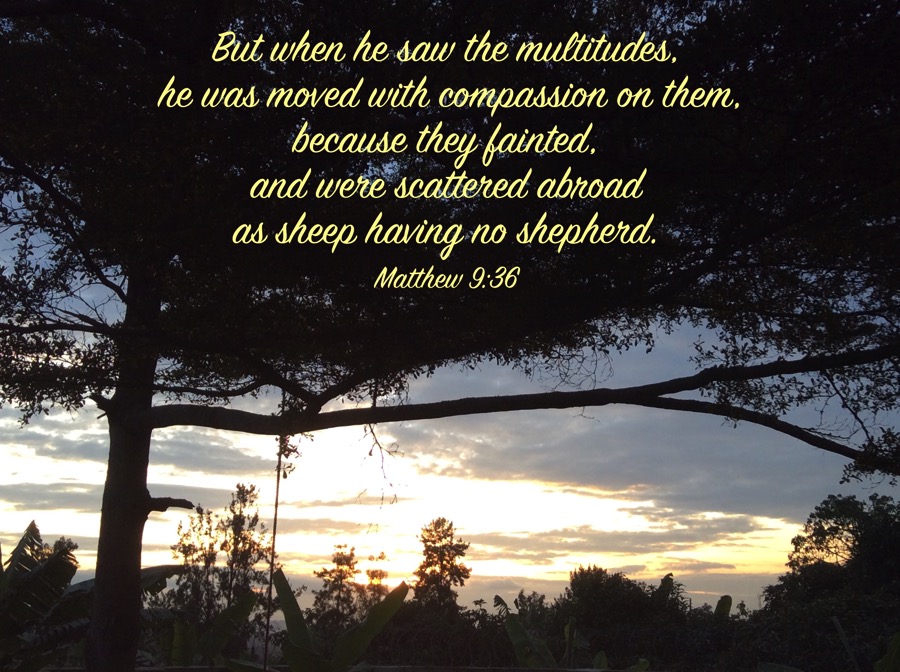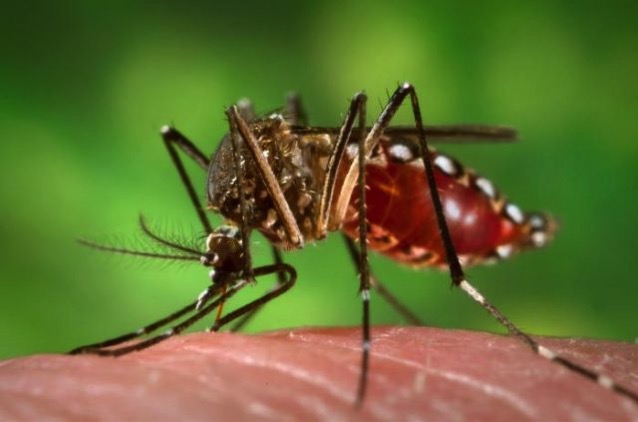I was reading in Matthew the other day and read Matthew 17:20. It struck me in relation to the posts I’d already written about God doing what seems like impossible things on our behalf.
Jesus told his disciples:

Sometimes in life we face struggles or challenges that look like mountains to us. There is no way we can fix these things on our own. Sometimes it’s personal, sometimes relational, sometimes financial. All of the struggles look insurmountable — like a mountain towering before us.
Just a tiny grain of faith. That’s all we need. A grain so tiny, it’s difficult to separate one seed from a pile of them. Yet, when we look at the mountain, that needed grain of faith feels impossible. It feels too small.
But Jesus said “…nothing shall be impossible to you.” Even that mountain.
I’m not talking about these health and wealth preaching, “name it, claim it” kinds of faith. I don’t believe we can force or coerce God to do anything.
What I believe is that we have a God who is so big, so strong, so able, that He can do whatever we ask him to do — even move mountains. And He likes to do it. He likes us to ask Him for the impossible.
It all comes back to asking God. He’s our heavenly Father. He wants us to ask. He wants us to come to Him over and over and over and over and over (you get the picture) with our requests. He wants us to come to him with importunity. He wants to do big things for us — and He wants to do little things that feel like big things.
He wants to do the impossible. All I have to do is have a grain of faith that He can and ask Him to do it. The great part about it, is that when the answer comes it leaves no doubt that God was the one who did it. He gets all the glory.
This is a lesson that God has been teaching me for years. Let me give some examples from my life.
~ ~ ~
Deputation took us 5 years. 5 long years of traveling all over the US, dragging our family along with us. Our youngest son, Gaelin, says he grew up in the car. While this isn’t totally true, it’s what we felt like at the time.
We begged God for support so we could move to Uganda. He raised it slowly but surely, so slowly that sometimes it felt like He wasn’t doing anything at all.
Finally the time came for us to move here. We arrived a month after a family who has become some of our dearest friends. We moved to a totally different city than we’d originally planned to live in, but it turned out this city suited us better than anywhere else would have.
We got to work with Jeff and Carla Bassett for a number of years and learn from them. Because of their influence, we started going to the refugee camp. God directed us to that ministry. If we’d come in our time, we probably wouldn’t have found this thing that has become our calling.
God knew we needed to arrive when we did, where we did. He orchestrated everything on our behalf. All we had to do was wait on Him for His answer.
~ ~ ~
A few years ago, we’d lost a lot of the financial support that we need to live and minister here in Africa. Most months we could live and work, but our finances were tight.
But one month the amount of support we got was so low, we didn’t know how we’d be able to live for the month, let alone minister.
At the same time, we found out about 28 people with malaria and 15 with typhoid in our churches. We had no extra money to buy medicine for these people.
We cried out to God. We believed He wanted us to meet this need but we didn’t have the means to do it. Within 48 hours, He had not only provided enough money for the medicine but also to buy food that they desperately needed.
~ ~ ~
A couple weeks ago, Hurricane Irma threatened Florida. My sister lives in Florida. We began praying that Irma would move east, out into the Atlantic ocean. Instead, it tracked farther and farther west.
I couldn’t understand this. I was asking, just like God told me to, but it seemed He was doing the exact opposite of what I asked.
In my desperation and fear for my sister and her family, I cried out to God in tears to please save them, and if possible keep them from even losing power. God gave me peace that He had the whole thing under control.
Then we waited and watched. The storm, instead of getting stronger and stronger as predicted, weakened. I watched the weather report with amazement. It made landfall and I was able to keep in constant contact with my sister. She never lost power. The storm, while devastating for Florida, ended up being no where near as bad as it was forecasted.
~ ~ ~
My best friend lives in Montana. They’ve had one wildfire after another all summer long. It’s grown so severe that over 1 million acres have burned in the state. We’ve been asking God for rain for weeks but what they really needed what snow.
10 days ago there was no snow in the forecast.
This week they got both rain and snow.
It was totally a God thing. Only He could bring this shift in weather about.



